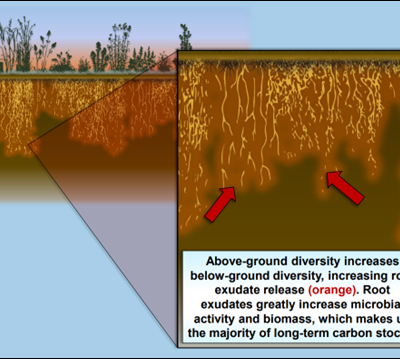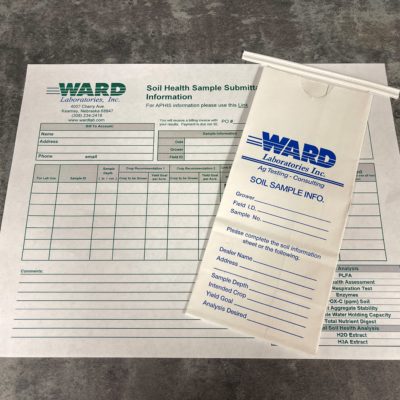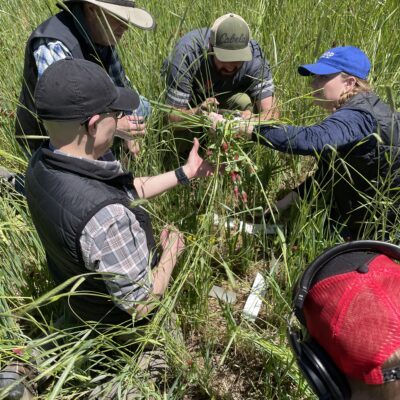The Total Nutrient Digest (TND) analysis accounts for all minerals from sand, silt, clay and organic minerals in the soil. This total represents the plant available and non-available mineral nutrients. The textbook definition of a soil is that there is about 45% mineral content. Therefore, about 750 tons of all different minerals. The TND analysis puts a name to those 750 tons!
An example of Total Nutrient Digest
At Ward Laboratories Inc., we recently analyzed 68 soil samples using the Total Nutrient Digest (TND). We analyzed samples taken to a 6″ depth from several Midwest soils across the country. The average is summarized in the table below.

The total nutrient values are the total amount of each mineral present in the soil. But microbes must dissolve them to be available to the plants. This illustrates that all soils only have a given amount of nutrients that they can supply growing plants.
However, you must be confident that the microbes will dissolve nutrients fast enough to keep up with production goals. Historically, total nutrients have not been a good method to determine available nutrient supply. So, there are no ideal ranges or low vs high values. Total Nutrient Digest only indicates the amount of nutrient insoluble in the soil that perhaps microbes will dissolve. If microbial action works, the traditional soil test values will be steady or increase over time.
For a producer evaluating fertilizer need or nutrient availability, we recommend the Soil Health Assessment.
If your soil has a good variety of soil life with the presence of beneficial bacteria and fungi, these minerals could become available to the plant. You can measure populations of bacteria and fungi in a soil with the Phospholipid Fatty Acid Analysis (PLFA analysis).
How do soil microbes make plant nutrients available?
First, as plants germinate, they extend a network of roots out into the soil. Then, the roots send signals via root exudates:
“We invite all mycorrhizae spores to germinate and grow their hyphae towards our roots. We will feed you in exchange for your nutrient providing services.”
During this process, the hyphae associate with the plant roots and form arbuscles and vesicles inside crop plant roots. These become the exchange sites where the mycorrhizae deliver the requested nutrients. Further, the mycorrhizae receive the hard-earned sugars they live off. This is where the term Vesicular Arbuscular Mycorrhizae (VAM) comes from.
The mycorrhizae hyphae grow towards these different minerals in the soil and attach themselves to the minerals. Together with helper bacteria they solubilize the minerals. Once solubilized, these minerals are transported in their fungal hyphae back to the crop plant roots. Water can also be obtained this way. Mycorrhizae hyphae, which are much thinner than plant roots, can extract water from minute soil pores where roots cannot get to.
This “connectivity” sets up a communication network. This network signals the specific crop nutrient requirements. When a particular mineral is needed to complete its biochemical synthesis, a signal is sent. This way all the components needed for healthy plant growth are acquired.
Promoting mycorrhizal fungi activity
Certain practices will encourage the growth of mycorrhizae fungi. This includes:
- keeping soil covered
- minimizing soil disturbance
- keeping a continual live plant or root in the soil
- integrating livestock.
On the flip side, the opposite of those practices will reduce the populations of mycorrhizae fungi, and thus reduce the potential for the plant to use non-available minerals measured in the Total Nutrient Digest.
In conclusion, TND analysis allows producers the opportunity to measure the entire pool of minerals within the soil that could become plant available with the help of mycorrhizal fungi. Understanding the total pool of minerals, helps producers work with soil microbiology to make minerals available in the soil rather than apply costly inputs for the growing crop.




